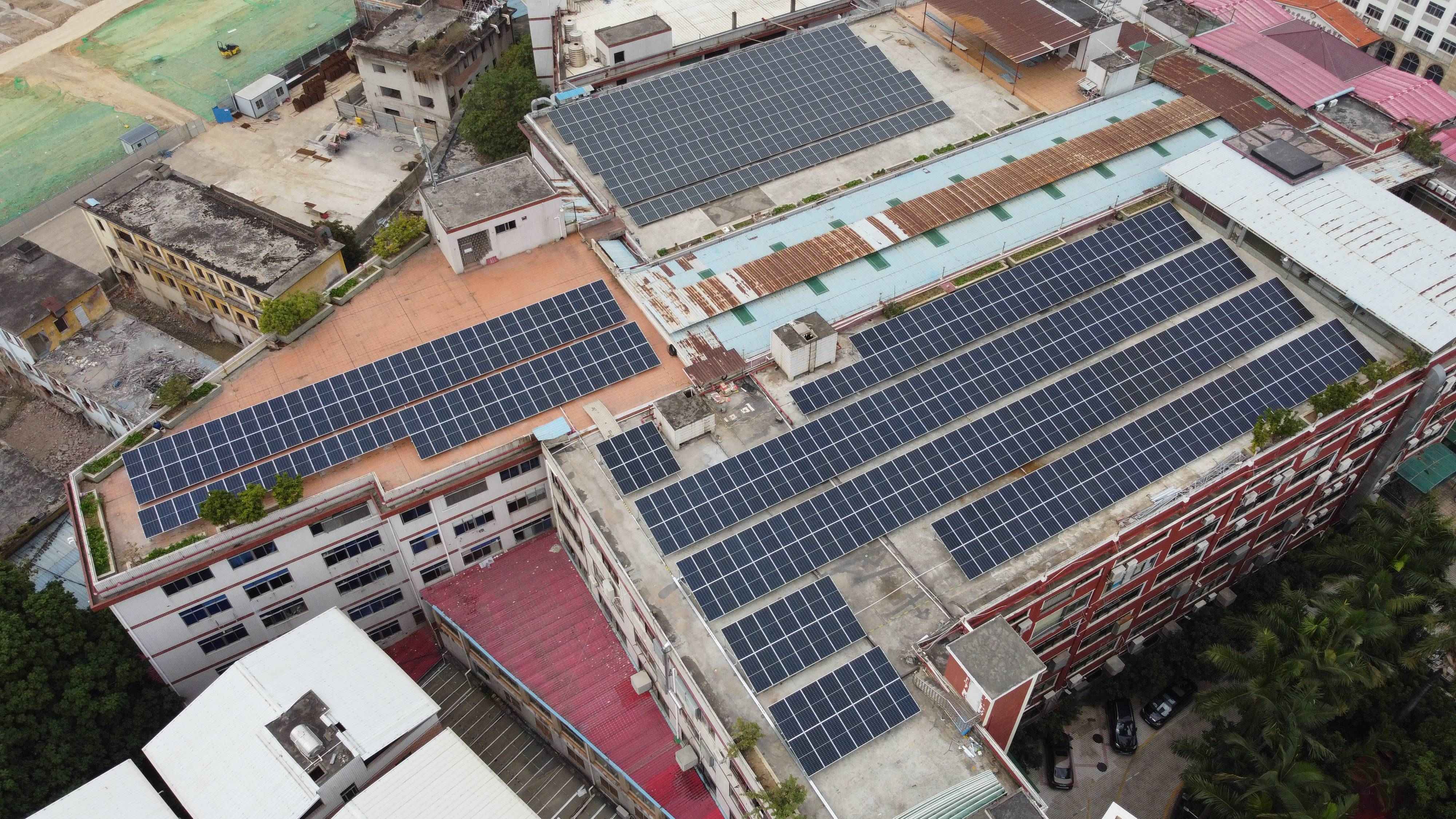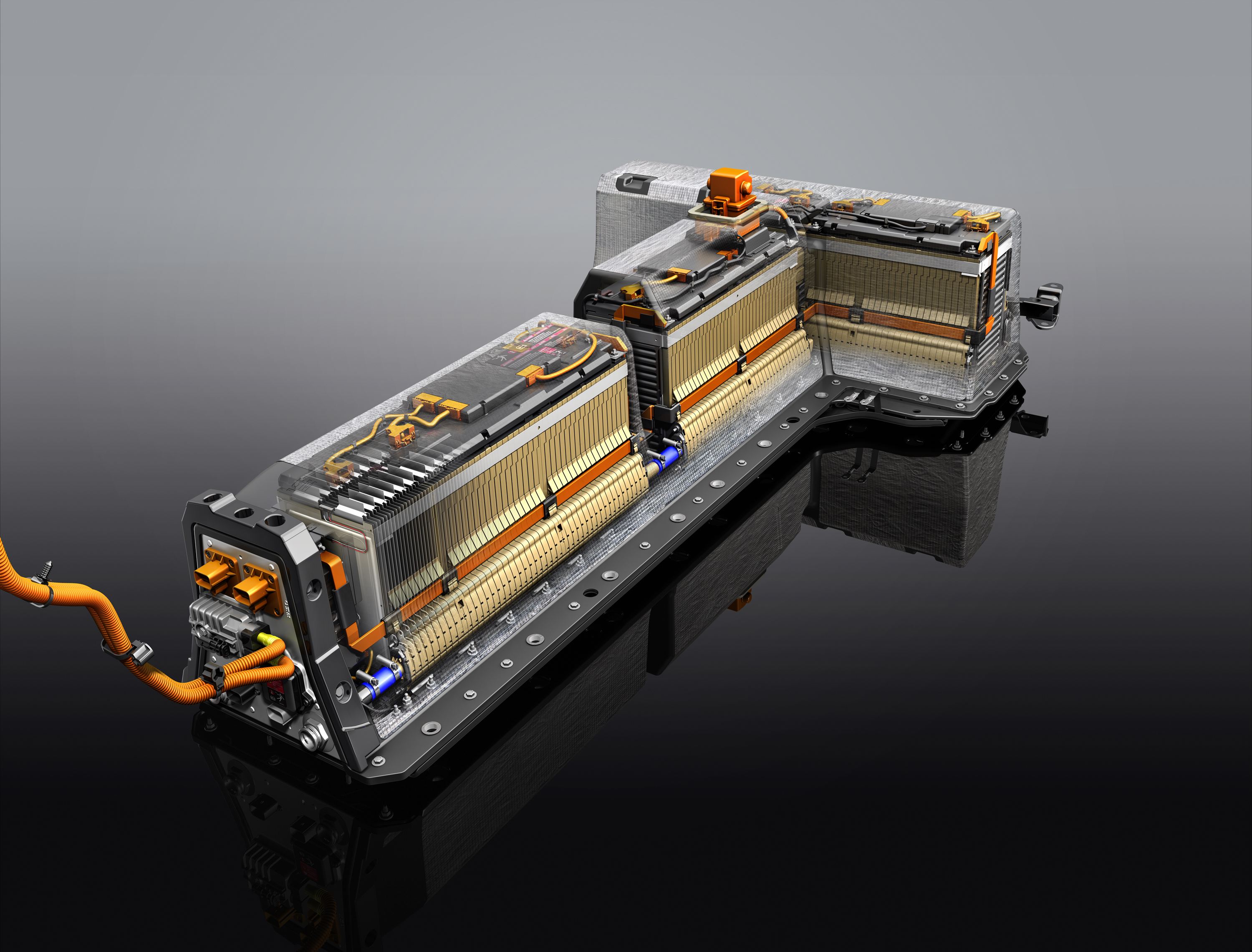
12 月 . 13, 2023 09:19 返回目录
储能应用场景
Energy storage applications can be divided into three major scenarios: power generation side,transmission and distribution side,and user side.These scenarios can further be categorized based on energy-based demand and power-based demand.Energy-based requirements,such as energy time shift,prioritize longer discharge times and do not have strict response time requirements.On the other hand,power-based requirements,like system frequency regulation,require fast response capabilities but shorter discharge times.It is important to analyze the specific needs in each scenario to identify the most suitable energy storage technology.
Starting with the power generation side,energy storage is used to meet various demand scenarios.These include energy time shift,capacity units,load tracking,system frequency regulation,reserve capacity,and renewable energy grid connection.Energy time shift involves charging the battery during low load periods and releasing the stored power during peak electric load periods.This is helpful in peak load shaving and valley filling.It is also used to store renewable energy and balance the grid connection over different periods.Capacity units,on the other hand,focus on reserving a certain amount of power generation capacity to meet peak load requirements.This helps improve the utilization rate and economic performance of thermal power units.

负荷跟踪是一种实时调整缓慢变化负荷的辅助服务。主要用于斜坡负荷,最大限度地降低传统能源单位的斜坡率。系统频率调节对于维持发电和用电设备的安全高效运行至关重要传统能源响应电网调度指令存在局限性,而储能尤其是电化学储能调频速度快。储备容量是指紧急情况下保证电能质量和系统稳定的有功电量储备。全年运行频率最后,可再生能源并网涉及解决风能、太阳能等可再生能源的间歇性和随机性特征,包括能源时移、发电容量固化和输出平滑等。
Moving on to the transmission and distribution side,energy storage applications focus on alleviating congestion,delaying the expansion of equipment,and supporting reactive power.Alleviating transmission and distribution congestion involves storing untransmitted power during line congestion and discharging it when the load is lower than the line capacity.This helps balance the supply and demand and requires a discharge time of around an hour.Delaying the expansion of power transmission and distribution equipment relies on energy storage systems to improve the capabilities of the power grid without the need for new facilities.The operating frequency is lower compared to congestion alleviation.Reactive power support regulates transmission voltage by injecting or absorbing reactive power on transmission and distribution lines.This ensures grid stability and power quality.

Lastly,on the user side,energy storage applications focus on time-of-use electricity price management,capacity fee management,improving power quality,and enhancing power supply reliability.User time-of-use electricity price management adjusts power load based on the time-of-use electricity price system,while capacity fee management reduces maximum power consumption to reduce costs.Energy storage systems help users store energy during low power consumption periods and discharge it during peak periods.This helps reduce overall load and capacity costs.Improving power quality is achieved through smoothing voltage and frequency fluctuations,especially in distributed photovoltaic systems.Finally,energy storage improves power supply reliability by ensuring uninterrupted power supply during outages.
In conclusion,energy storage technology offers various application scenarios in the power generation side,transmission and distribution side,and user side.In each scenario,the specific needs must be analyzed to determine the most suitable energy storage technology.Whether it is energy time shift,capacity units,load tracking,system frequency regulation,reserve capacity,or renewable energy grid connection,energy storage plays a critical role in optimizing power system operations,improving power quality,and enhancing reliability.
相关产品:
如有侵权将删除
参考网站:https://www.escn.com.cn
-
Wireless DC Charging: The Next Frontier in Contactless EV Power Delivery
新闻Aug.04,2025
-
Hybrid BMS Energy Controls: Integrating Renewable Energy Sources
新闻Aug.04,2025
-
Blockchain for Secure and Decentralized EMS Power Systems
新闻Aug.04,2025
-
AI-Driven for Smart Grids: Energy Management System (EMS)
新闻Aug.04,2025
-
Advanced Distribution Management System (ADMS) Energy
新闻Aug.04,2025
-
5G-Enhanced BMS Energy Savings: Ultra-Low Latency Control
新闻Aug.04,2025























